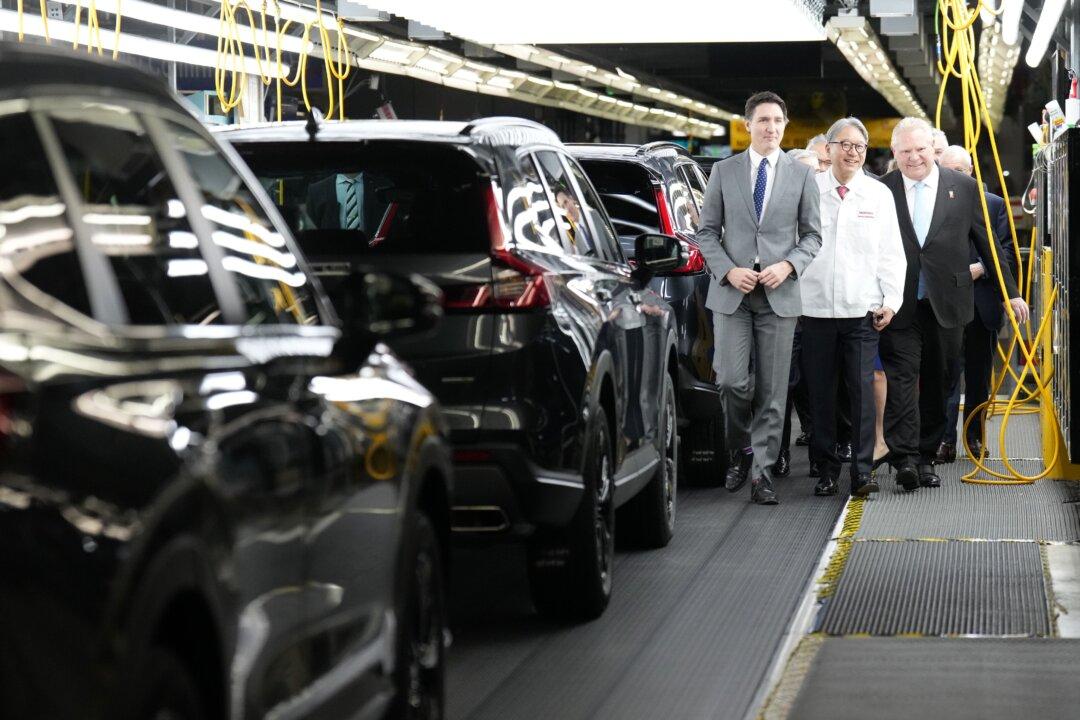Canada’s parliamentary budget officer (PBO) says it will take 20 years for the federal and Ontario governments to just break even on the billions in subsidies given to the Volkswagen and Stellantis-LGES battery plants.
In April, the federal government announced $13.2 billion in subsidies for Volkswagen to build a battery plant for electric vehicles. Then in July, the federal and Ontario governments announced up to $15 billion in subsidies for Stellantis-LG Energy Solution to build a battery plant for electric vehicles (EVs).





